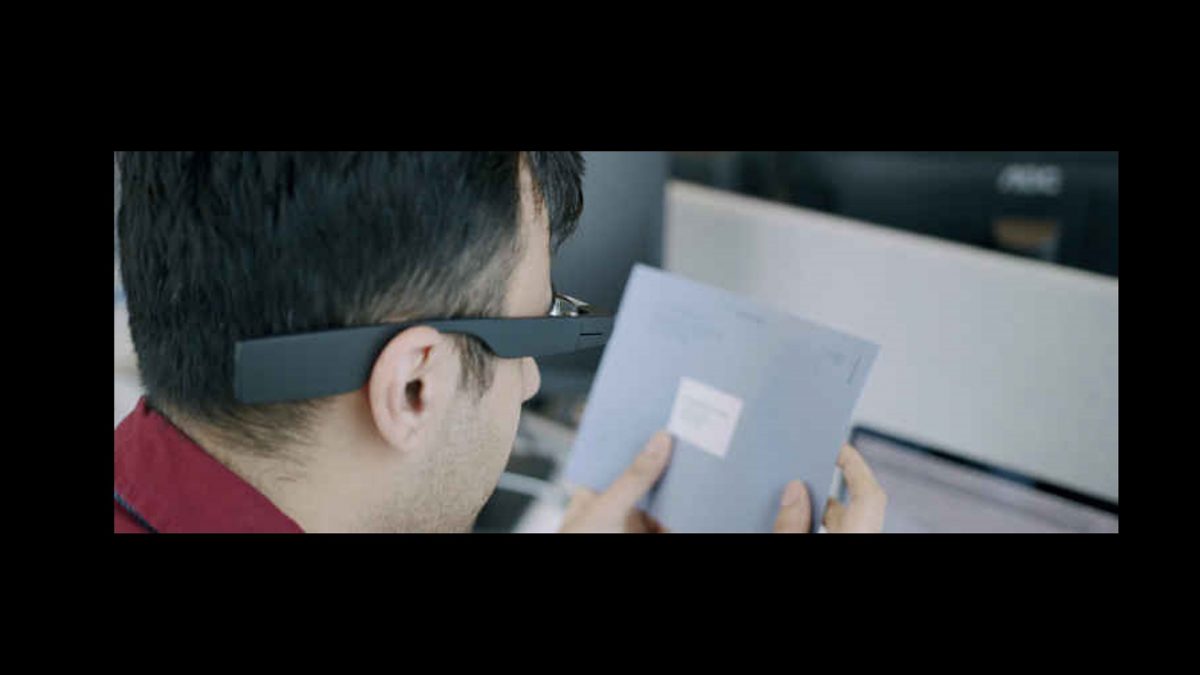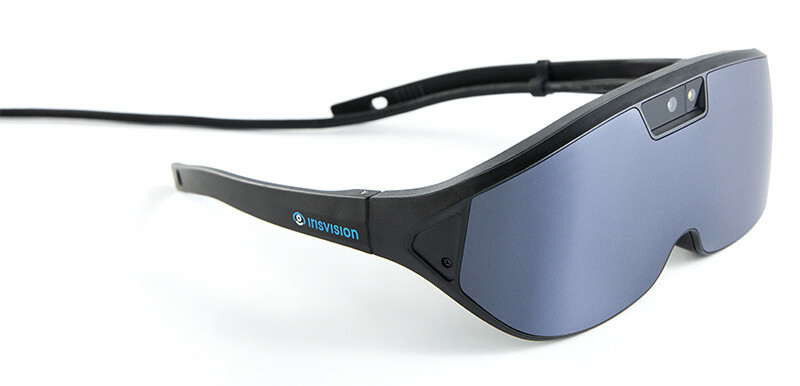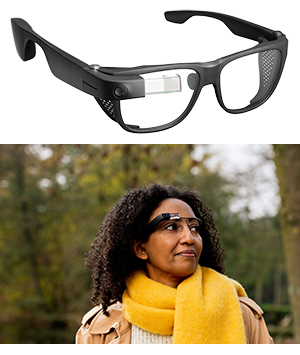AI-Powered Visual Aids: The Next Step in Assistive Technology for the Blind
AI-Powered Visual Aids: The Next Step in Assistive Technology for the Blind
Blog Article
Enhancing Ease Of Access With Assistive Technology for the Blind
The combination of assistive modern technology for the blind represents an essential innovation in accessibility, basically altering exactly how people browse their settings and engage with society. As we explore the varied types of assistive devices and their concrete effects on day-to-day living, it comes to be necessary to take a look at just how ongoing technical innovations are improving the landscape of assistance for the blind neighborhood.
Introduction of Assistive Technology
Assistive modern technology refers to a series of tools and software application created to enhance the abilities of individuals with specials needs, consisting of those that are blind or visually impaired. This technology plays an important function in advertising self-reliance and enhancing the high quality of life for users. By offering alternative approaches for accessing details and doing day-to-day tasks, assistive innovation encourages people to navigate their settings much more efficiently.
The growth and implementation of assistive technology accept a range of concepts intended at promoting availability. These principles include user-centered layout, which prioritizes the demands and preferences of the person, and the combination of innovation right into everyday activities. Such developments guarantee that assistive tools are not just functional however very easy and also instinctive to utilize.
Furthermore, assistive technology incorporates a varied spectrum of solutions, from low-tech alternatives like magnifiers to sophisticated advancements such as screen viewers and Braille displays. The recurring development of this area is driven by the requirement to deal with the unique challenges encountered by individuals with visual problems (Wearable technology for low vision). As technology proceeds to advance, the potential for improving availability and promoting inclusivity continues to be encouraging, eventually adding to a more equitable culture

Kinds Of Assistive Devices
Various kinds of assistive gadgets are available to sustain people that are blind or aesthetically damaged, each designed to resolve details requirements and obstacles. These tools can be broadly classified right into three main kinds: low-tech, mid-tech, and high-tech remedies.
Low-tech gadgets consist of items such as magnifiers, Braille tags, and responsive maps. These are reasonably easy tools that boost the user's ability to engage with their setting without needing intricate innovation.
Mid-tech tools typically include more advanced features, such as electronic magnifiers and portable Braille note-takers. These devices can use performances like speech outcome, enabling users to gain access to information extra effectively.

Influence On Daily Living
The availability of numerous assistive gadgets significantly enhances the quality of life for people who are aesthetically damaged or blind, affecting their everyday living in extensive means. By integrating technologies such as display visitors, Braille displays, and audio description services into their routines, users obtain higher autonomy and self-reliance. These tools help with accessibility to details, enabling individuals to perform day-to-day tasks, such as reviewing emails, browsing public areas, and delighting in media material.
In addition, assistive gadgets equip people to involve even more fully in social communications and area tasks. The ability to utilize mobile phones furnished with availability functions permits seamless communication and connection with others. This connectivity cultivates a sense of belonging and lowers sensations of isolation.
In expert setups, assistive modern technology sustains productivity by allowing individuals to content total job tasks successfully. Devices like voice acknowledgment software and specialized magnification tools make it possible for individuals to get involved in the labor force on equal ground with their sighted peers.

Innovations in Innovation
Current technological improvements have actually considerably changed the landscape of devices readily available for people who are blind or aesthetically damaged. The integration of artificial intelligence (AI) and artificial intelligence has triggered applications that enhance navigation and object recognition. Mobile phone applications can currently make use of AI to recognize and define surroundings in real-time, offering users with beneficial contextual information.
Furthermore, advancements in haptic innovation have actually resulted in the development of wise walking sticks equipped with sensors that identify barriers and give tactile comments. This encourages individuals to navigate their optometry practice environment with increased self-confidence and freedom. Technologies in text-to-speech software application and braille displays have boosted the ease of access of electronic web content, permitting for smooth interaction with various media.
Wearable technologies, such as clever glasses, are additionally read making strides in helping visual disability. As modern technology continues to evolve, the potential for also more transformative tools remains on the perspective.
Future Trends and Innovations
As technology rapidly advances, the future of assistive tools for people that are blind holds enormous pledge. Innovations in expert system (AI) and artificial intelligence are positioned to revolutionize the way blind users communicate with their settings. For circumstances, AI-driven applications are being established to improve things acknowledgment, permitting customers to identify and navigate their environments with higher convenience and accuracy.
In addition, innovations in haptic comments innovation are making it possible for the creation of responsive maps and navigation aids that give real-time details through touch. These technologies not only enhance movement but additionally foster independence. Additionally, wearable devices geared up with enhanced reality (AR) features are arising, offering users aesthetic information with audio summaries, consequently linking the void in between the physical and electronic worlds.
Additionally, the combination of clever home technology presents new chances for ease of access, permitting individuals to control their living atmospheres through voice commands or smartphone applications. As partnership in between tech designers and the blind area proceeds, the focus on user-centered style will certainly guarantee that future technologies are customized to meet the one-of-a-kind requirements of this populace (Wearable technology for low vision). The trajectory of assistive innovation promises an extra inclusive and empowering future for individuals that are blind
Final Thought
In verdict, assistive technology plays a crucial duty in enhancing ease of access for people with visual impairments. Constant advancements in innovation and user-centered design ensure that these tools cater efficiently to the unique demands of the blind neighborhood.
The integration of assistive technology for the blind represents a critical advancement in ease of access, essentially changing how people navigate their environments and involve with society.Assistive innovation refers to a range of devices and software created to improve the capacities of people with handicaps, including those who are aesthetically damaged or blind. Wearable technology for low vision.As technology rapidly progresses, the future of assistive tools for people who are blind holds enormous assurance. The trajectory of assistive technology guarantees a much more empowering and comprehensive future for individuals that are blind
In conclusion, assistive technology plays an essential duty in improving availability for individuals with aesthetic problems.
Report this page